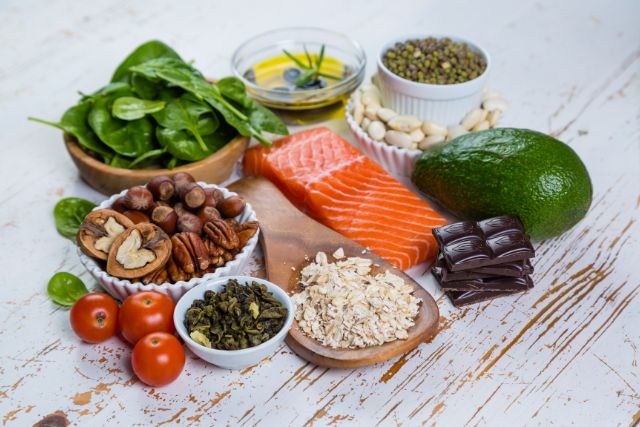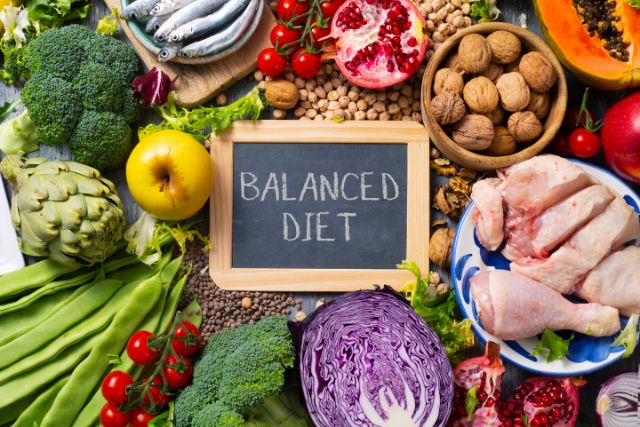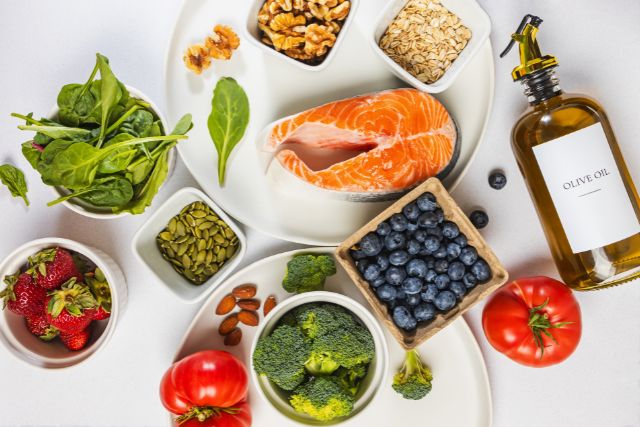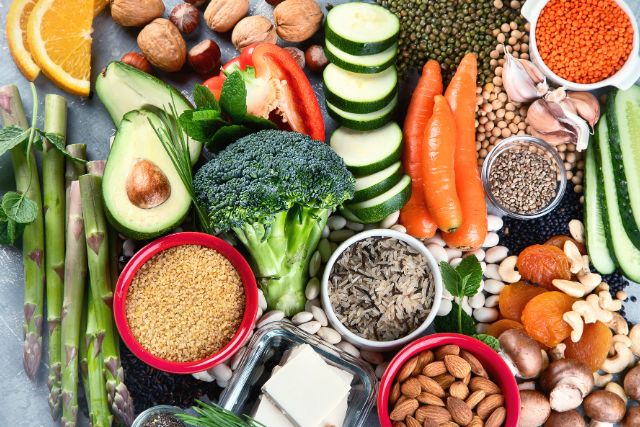Recent Posts
-

- Diabetes-Friendly Nutrition: Smart... 08.12.2024
-

- Nutrition for Chronic... 08.12.2024
-

- Anti-Inflammatory Diet: Food... 08.12.2024
-

- Low-Sodium and Heart-Healthy:... 08.12.2024
-

- Plant-Based Diets for... 08.12.2024
Organic Excellence: Mastering the Art of Growing Zesty Organic Peppers

Regarding organic gardening, few veggies can compete with red peppers in terms of their flexibility and flavor profile. In the pursuit of mastering the skill of cultivating these vivid veggies organically, whether you enjoy the hot sting of jalapeños or the sweet crunch of bell peppers, it is an endeavor that is both gratifying and challenging. Growing organic peppers needs careful attention to detail and a dedication to environmentally responsible procedures, beginning with the preparation of the soil and ending with the control of pests. Within the scope of this essay, we will dig into the fundamental procedures and methods necessary to achieve organic perfection in pepper growing.
"Zesty peppers" are often used to refer to several types of peppers that have a flavor characteristic that is either spicy or tangy. Depending on the cultivar, these peppers often have a heat level that is considered to be distinctive, which may range from moderate to highly spicy. Cayenne peppers, jalapeño peppers, habaneros peppers, and serranos peppers are examples of peppers with a bold and fiery flavor. They are often used in a wide range of culinary traditions to provide heat and flavor to various meals, including salsas, sauces, stir-fries, and marinades.
Selecting the Appropriate Selections:
Before beginning the process of cultivating peppers, it is essential to choose the appropriate pepper kinds with which to plant your garden. Think of the weather, available space, and your desired flavor profile. Bell peppers, jalapeños, habaneros, and banana peppers are considered to be among the most popular selections. Choose organic seeds or seedlings, free of genetically modified organisms, and come from reliable providers to ensure the quality of your harvest.
Getting the Soil Ready:
It is essential to have healthy soil to have effective organic gardening, and peppers grow in soil rich in nutrients and have good drainage. To begin, you should do a pH test on your soil and make any necessary amendments to reach a slightly acidic pH level, ranging from 6.0 to 6.8. When you want to enhance the structure of the soil and its fertility, you should use organic compost, aged manure, and other natural amendments. When it comes to the soil, synthetic fertilizers and pesticides should be avoided since they can potentially upset the delicate balance of beneficial microorganisms.
Planting and Taking Care of It:
Cultivating peppers in warm-season crops needs substantial sunshine and warm temperatures. The threat of frost has passed, and the soil temperature has reached at least 60 degrees Fahrenheit (15 degrees Celsius), at this point, you may plant seedlings or transplants outside. To ensure sufficient area for development and air circulation, it is important to space plants 18-24 inches apart in rows or raised beds. Water the soil regularly, ensuring it is uniformly wet without becoming soggy. Mulch should be applied around the base of plants to prevent the growth of weeds, maintain the soil temperature, and save moisture.
Managing Pests and Diseases Through Organic Methods:
On the other hand, organic pepper production presents several obstacles, one of which is the management of pests and diseases without chemical treatments. Aphids, thrips, and other common pests may be controlled by encouraging natural predators like ladybirds, lacewings, and predatory wasps. Natural predators should be encouraged. You should only use organic insecticidal soaps or neem oil sprays as a last option. Caterpillars and beetles are examples of bigger pests that should be picked by hand. It is important to carry out crop rotation and basic sanitation practices to reduce the likelihood of soil-borne illnesses like verticillium wilt and bacterial spot.
The process of harvesting and storing:
The color of peppers changes from green to their final color as they grow, which might be red, yellow, orange, or purple, depending on the type. Harvesting peppers when they have reached the correct size and color is important. It is best to use a pair of sharp scissors or pruners to prevent the plant from being damaged. Handle peppers carefully to avoid damaging them, and keep them in a cold, dry location or in the refrigerator to ensure that they remain fresh for a longer period. Preserving peppers by freezing, drying, or pickling them is also possible so they may be enjoyed throughout the year.
Cultivating organic peppers full of flavor satisfies both the taste and the spirit. It is possible to develop a rich crop of tasty peppers while minimizing the effect of your cultivation on the environment if you adhere to organic principles and utilize sustainable techniques. Regarding pepper cultivation, adopting the art of organic excellence offers a world of culinary possibilities and contributes to a healthier and more sustainable food system. Whether you are a newbie gardener or an experienced aficionado, this is true.
Disclaimer: The information provided in this article is for general information purposes only. All information in this article is sourced from other websites, and we do not represent any rights regarding the contents and information on the site. All rights belong to their original owner.





